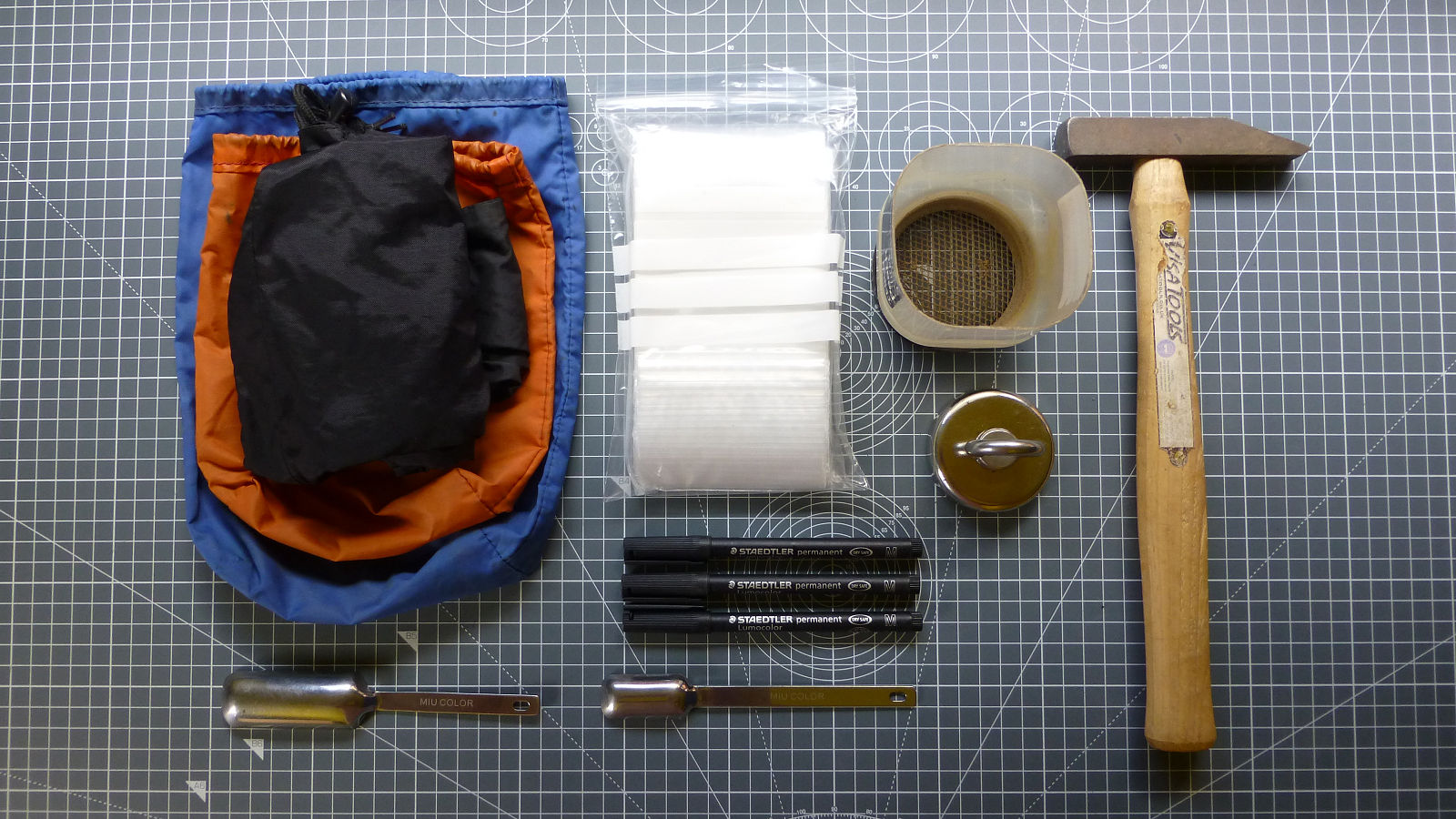Finding places to collect sand often starts with local knowledge, you visit the locations where you know sand can be found. After a while, and it could be quite a while, you start running out of places to look. This is the point when you need to do a little detective work.
BGS Sand and Gravel Reports
These reports, and there are around 270 of them covering areas throughout the country, can be purchased from the British Geological Survey, either through their local outlets or online shop, and describe the location and extend of sand and gravel deposits in various parts of the country. As with the geological maps noted below they can be used as a guide to determine which areas might be the most fruitful for sand collecting. A good tip is to look for locations where sand and gravel deposits are cut through by water courses. As erosion takes place, sand and grave exposures may be created in the river banks and can be examined for sand beds.
Scottish Natural Heritage – Commissioned Reports
Originally commissioned by the Countryside Commission for Scotland, Scottish Natural Heritage have made available a series of Commissioned Reports on the Beaches of Scotland. These reports describe in detail around 650 Scottish beaches, at least those larger than 100 m long. They contain information relating to the location, dimensions, morphology, materials, vegetation and land use of the beach areas. They do not contain information relating to sand type or composition but are very useful for planning collecting trips.
The reports are available free from their website. Some are available online for download in Adobe pdf format with others only available on CD by email request. Report titles include the following:
Beaches of Cowal, Bute & Arran
Beaches of East Sutherland and Easter Ross
Beaches of Wester Ross
Beaches of Islay, Jura and Colonsay
Beaches of Mainland Argyll
Beaches of Northeast Scotland
Beaches of Northern Inner Hebrides
Beaches of Orkney
Beaches of Shetland
Beaches of West Inverness-shire and North Argyll
Beaches of Fife
Beaches of Caithness
Beaches of South East Scotland
Beaches of Southwest Scotland Volume 1
Beaches of Southwest Scotland Volume 2
Beaches of Sutherland
Beaches of Tayside
The Beaches of Barra and the Uists
The Beaches of Lewis and Harris
The Beaches of Scotland
The Beaches of the Highlands and Islands of Scotland
Ordnance Survey Maps
Arguably the best maps in the world, the Ordnance Survey Landranger 1:50,000 Series and Explorer 1:25,000 Series are incredibly useful for locating potential sites where sand might be collected. There are a number of things to look for:
- Disused & working sand and gravel pits
- Disused & working quarries
- River gullies and embankments
- Streams flowing into lakes or ponds
- Rivers flowing into the sea
- Ponds, lakes and reservoirs
- Sand beaches, dunes and the like
- Glacial features such as kaimes & drumlins
Use the map key to identify what symbols and marking you need to look for on the map.
BGS Superficial Deposit Maps
This type of map show the bedrock geology together with the deposits which may overlie the bedrock. These deposits include glacial and postglacial deposits and can be used as a guide to locating geographical areas where sand might be found. For example, a river flowing through an area of glacial deposits would be a good spot to look.
Local Geology Guides
These guides describe the geology of various areas of the British Isles. An example here in Scotland which I’ve used is the Regional Geology Guide to the south of Scotland. It does not specifically cover sand and gravel but does give an understanding of the local geology, all be it in a rather technical manner.
Copyright ©2020 Gary Buckham. All rights reserved.


